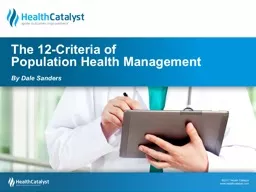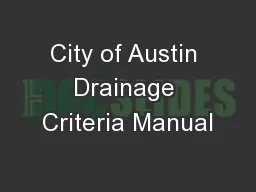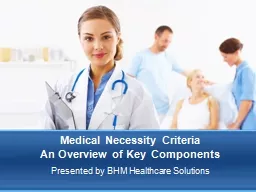PPT-The 12-Criteria of
Author : marina-yarberry | Published Date : 2019-11-07
The 12Criteria of Population Health Management By Dale Sanders Contact Information Dale Sanders Senior VP Strategy Health Catalyst dalesandershealthcatalystcom
Presentation Embed Code
Download Presentation
Download Presentation The PPT/PDF document "The 12-Criteria of" is the property of its rightful owner. Permission is granted to download and print the materials on this website for personal, non-commercial use only, and to display it on your personal computer provided you do not modify the materials and that you retain all copyright notices contained in the materials. By downloading content from our website, you accept the terms of this agreement.
The 12-Criteria of: Transcript
Download Rules Of Document
"The 12-Criteria of"The content belongs to its owner. You may download and print it for personal use, without modification, and keep all copyright notices. By downloading, you agree to these terms.
Related Documents














